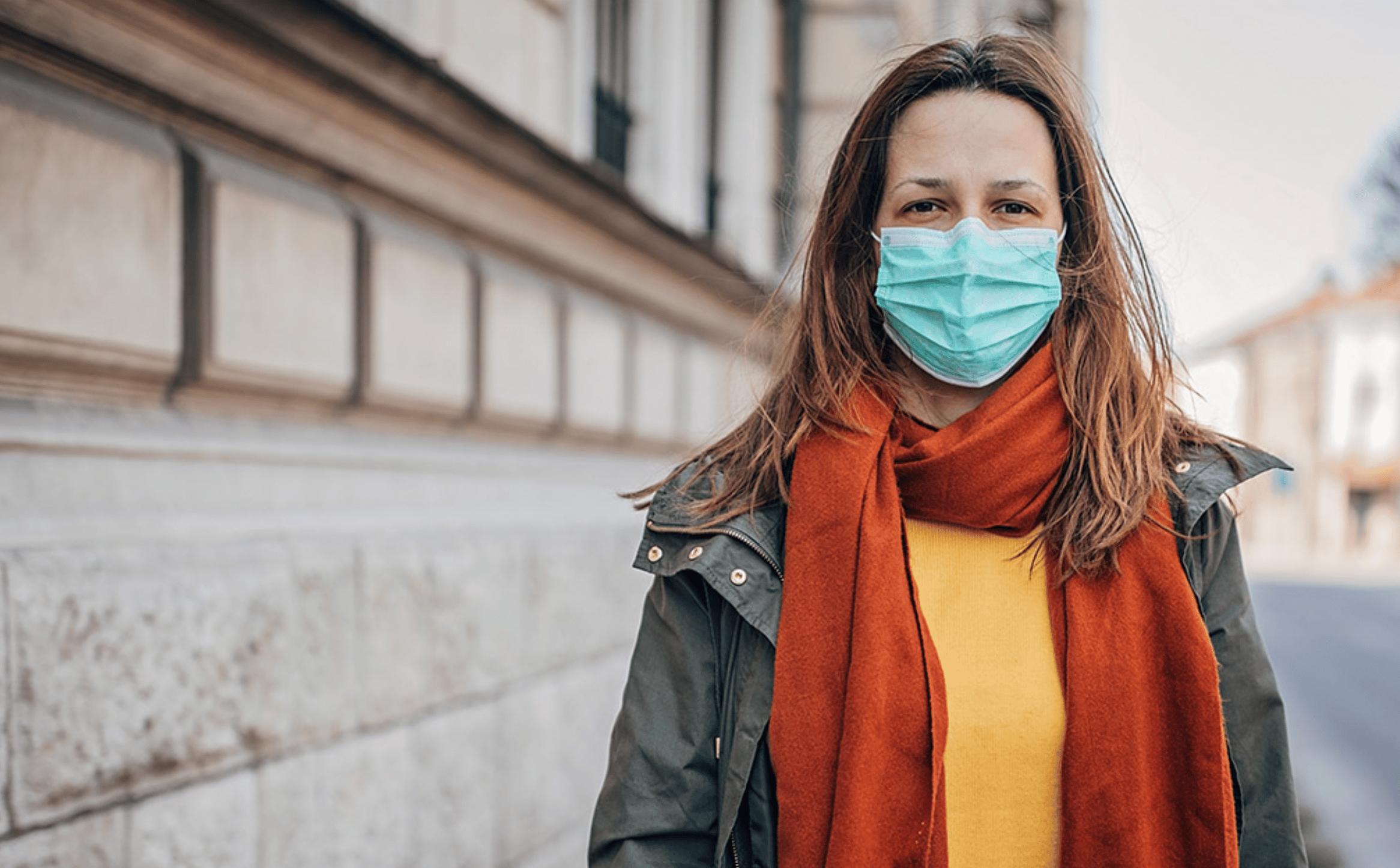A new virus is the cause of COVID-19, a condition that affects the lungs and airways. The lungs are impacted since this virus has a substantial effect on the respiratory system. The lungs are an essential component of the respiratory system. ARDS, pneumonia, sepsis, and bronchitis (an airway illness) among many others are lung diseases brought on by COVID-19. How can we manage and improve our lungs’ health when recovering from COVID-19? After reading this article, you will have a better understanding of what you can do to enhance your lung health.
Contents
What Are Some Ways to Improve Lung Health After COVID-19?
This section will examine what you can do to improve your lung health when you recover from COVID-19. Let’s look at the steps now.
Quit smoking
Smoking is bad for the lungs because it makes smokers more likely to develop lung illnesses including pneumonia and cancer among other things. Smoking tobacco also changes the functional and morphological properties of immune cells. In order to enhance the health of their lungs, a patient who has just recovered from COVID-19 should stop smoking. The reason is that smoking can affect lung health and potentially result in infections of the lungs.
Vaping is an alternative to smoking. Vaping is the practice of inhaling and exhaling vaporized e-juice using an electronic device that mimics tobacco smoking. E-juice does not contain tar and even comes in nicotine-free varieties. You can vape utilizing devices like the ePuffer Xpod in place of smoking.
Rehabilitating the lungs
After COVID-19, lung rehabilitation is a very effective method for enhancing lung health. This entails exercising the lungs’ muscles in order to restore some flexibility to the tissue and alveoli. There are three steps: breathing exercises, lung exercises, and mild activity.
Breathing exercises involve gently and deeply inhaling via the nose, followed by mouth control of exhaling or slowly exhaling while saying “ooh.” Utilizing a Triflow machine, which has three different chambers and three ping-pong balls, is part of the lung training process. The Triflow device promotes lung elasticity needed for lung rehabilitation since the lung movement required to activate the device improves lung function. From two weeks after recuperation, breathing exercises and lung training should both be completed. Walking and some mild jogging are examples of light exercise. On week three or four of recuperation, this should be done.
Eating a healthy diet
Every human’s immune system and general health benefit from a nutritious diet. After COVID-19, eating a diet high in antioxidants aids proper lung function and health improvement. People who wish to enhance their lung health must always consume a variety of foods from the following food groups: fruits, vegetables, legumes, nuts, grains, and juices. The patient should also regularly consume water and meals high in vitamins and minerals.
Conclusion
After COVID-19, the improvement in lung health is only attributable to a change in lifestyle. A change in lifestyle can take the shape of exercising, eating nutrient-rich foods that are high in minerals and vitamins, or giving up smoking in favor of vaping.

